A personal massager for his tired and aching muscles
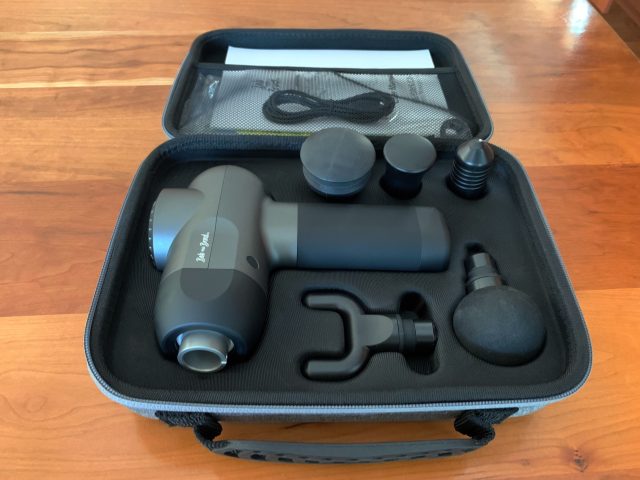
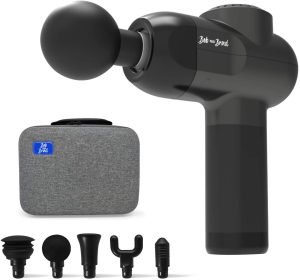
Bob and Brad C2 Massage Gun
The device weighs 1.5 lb (680 g), and its 3200 rpm motor is powered by a 2,500 mAh large-capacity battery that can fast-charge over a USB-C cable with any 5-volt adapter. Along with the massage gun, you get five different massage heads for different parts of the body (but not down there—the manual says not to use it "near your genitals"). We've used the C2 on feet, IT bands, hamstring tendons, quadriceps, traps, delts… you name it, we've percussed it. And we've been mighty impressed with the results. You just need a couple of minutes—and sometimes not even that—to feel tangible relief as the C2 jackhammers the pain away. It's an ideal gift for Dad—he'll love it, and chances are everyone else in the family will end up reaching for it as well.
-Eric Bangeman, Managing Editor
Tracking tags for the stuff he’s always losing
-
AirTags are the best way to find your lost stuff, if you're an iPhone user.Samuel Axon
-
The Tile Pro.Jeff Dunn
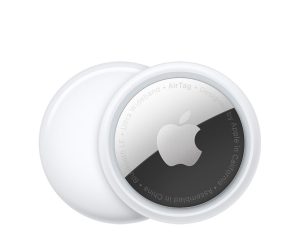
Apple AirTags and Tile Pro
Although AirTags are fresh on the market, they're the better choice for iPhone owners, particularly those in an area where several other Apple devices are around—the more the better. Instead of relying on GPS, AirTags rely on devices in Apple's "Find My" network to be located. So, theoretically, their range is infinite. That's a huge plus over competitors, as is the higher degree of accuracy and faster locating process that incorporates directional prompts on your phone, something else competitors lack.
AirTags raise concerns about stalking, particularly for people who don't have iPhones (on iOS 14.5 or higher), as a 14.5-or-higher iPhone is the main defense against having an AirTag on or around you without your knowledge. We'll also mention that Apple has implemented antistalking features that let iPhone users know when a foreign AirTag has been around abnormally long (typically at least a few hours). The features will also sound off a siren on a wayward AirTag that's been lost for more than three days. So, if dad has an iPhone and is more worried about losing things than someone planting an AirTag on him, we found AirTags to do their job better than their peers.
For Android users, the Tile Pro is the next-best recommendation. It costs $5 more but is similar in function, with a useful keyring slot, a louder alarm, a slimmer design, and a replaceable battery. You can also use a Tile to trace back to a paired phone, while an AirTag itself can't help you locate your phone unless you have AirTag on the phone itself and are locating it using another iDevice. Tile advertises a Bluetooth range of 400 feet, but actually achieving that requires an almost perfectly unobstructed setup; in all likelihood, it will stay connected anywhere from 30 to 200 feet depending on where you are and what's in your way. The problem is that, while Tile trackers are popular, they don't have a network anywhere near the size as Apple and its army of iPhones to fall back on if something is misplaced. So chances are a Tile won't be as quick or precise to find an item as AirTags. Like other Tile trackers, the Pro isn't quite as painless to setup, either. But it works, and if Dad is committed to Android, the Pro is as good as he's going to get. Tile sells useful trackers in various other form factors and price ranges as well.—Corey Gaskin
Peace and quiet with a good (and affordable) pair of noise-canceling headphones
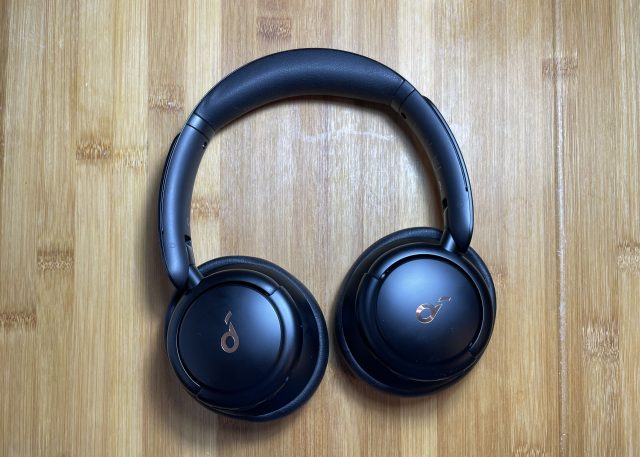

Anker Soundcore Life Q30
These are lightweight and highly comfortable over-ear headphones with soft padded earcups that don't clamp hard on the head. While they're largely made of plastic, the build doesn't feel flimsy, and they're easy to wear for hours at a time. Battery life is tremendous at roughly 40 hours, if not more, with active noise-cancellation turned on, and they recharge quickly through a USB-C port. Their earcups fold up for easier storage and come with a good hard case for travel, and they use reliable physical buttons for managing playback instead of finicky touch controls. The headphones can be passively charged with a 3.5 mm cable in a pinch, though they can't take calls without power. Call quality is generally fine as well, though they can suffer from wind noise on the go.
Taking the more affordable route does bring a trade-off in noise-canceling strength, as you might expect. Compared to premium pairs like Sony's WH-1000XM4 or Apple's AirPods Max, the Soundcore Life Q30 isn't as comprehensive at canceling outside noise, particularly when it comes to midrange or higher-pitched sounds like nearby conversations. But it's still more than useful in those situations, especially when compared to other sub-$100 wireless headphones, and it still mutes a significant chunk of lower-range noise, like the rumble of a plane or bus engine. The effect is still noticeable. Similarly, the Soundcore Life Q30 has a "transparency" mode that blends outside noise with your music when you want to be better aware of your surroundings, and while that mode doesn't sound as natural as similar settings on more expensive pairs, it's serviceable. The fact that it's even there at this price is a plus.As for audio quality, the Soundcore Life Q30 goes heavy on the low-end. By default, its sound supplies thunderous bass across musical genres, with some particularly huge thump in hip-hop and electro-pop tracks. This won't suit audio purists who prefer a more balanced and flat profile, but there's enough treble emphasis and midrange detail to avoid sounding overly muddled. For many, it'll sound more excited than messy. If the bass gets to be too much, though, Anker has an easy-to-manage companion app that lets listeners customize the sound profile to their liking, with several EQ presets tailored to different tastes.
—Jeff Dunn
A loud yet portable speaker he can enjoy in and out of the house

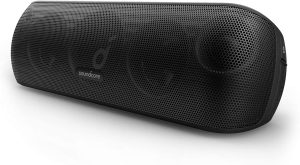
Anker Soundcore Motion+
The speaker itself lasts a solid 12-15 hours per charge, depending on how loud you play, and recharges over USB-C. The whole thing is IPX7 water resistant, so it can be safely taken in the shower, at the beach, or out in the rain without worry. It keeps a steady connection over Bluetooth 5.0, its on-device controls are all straightforward, and it can work over an included AUX cable in a pinch. Other than that, it's a no-frills device: it's not the flashiest looking thing, but it's sturdy, it sounds good, and it's good value. If you're looking for a speaker for no more than $100 that Dad can still enjoy while he's doing yard work, hiking, or tinkering in the garage, look no further.
—Jeff Dunn
reader comments
54